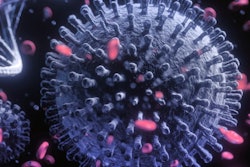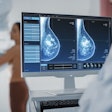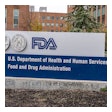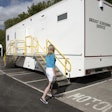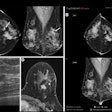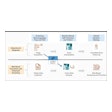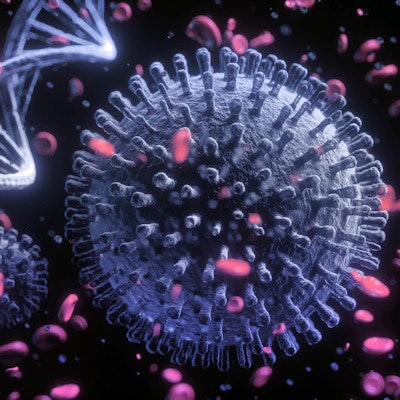
Lower rates of cancer screening caused by the COVID-19 pandemic will likely translate into increased cancer deaths over the next decade, according to research published March 21 in the journal Cancer.
The report shows how the pandemic affected screening rates for breast, colorectal, lung, and cervical cancers in the U.S. -- more than 9.4 million screening exams were missed in 2020 -- and underscores the effort needed to tackle the problem, according to a group led by Dr. Rachel Joung of Northwestern University in Chicago.
"It is our hope that these findings ... will encourage others to identify and address screening deficits due to the COVID-19 pandemic and prevent unnecessary cancer-related deaths," the team wrote.
Early in the pandemic, the American Cancer Society (ACS) recognized that reduced screening could increase cancer deaths, so it launched a "Get Screened" campaign with the American College of Surgeons Cancer Programs.
Part of this collaboration included a "Return-to-Screening Plan-Do-Study-Act" survey in which 748 accredited U.S. cancer facilities participated between April and June 2021. Joung's group used monthly screening test volume data for before and during the pandemic from the survey to assess percent changes in cancer screening due to COVID-19.
The survey prompted facilities to boost screening rates during an intervention period between June and November 2021 by trying to restore monthly screening test volumes to prepandemic rates by the final month.
The survey showed that colorectal cancer had the highest monthly screening deficit in 2020, followed by cervical cancer, breast cancer, and lung cancer. The authors hypothesized that the reason for colorectal cancer's screening decrease could have been due to the fact that it requires aerosol-generating procedures (e.g., colonoscopy) -- which were likely delayed due to SARS-CoV-2 virus infection concerns -- while breast and lung cancer screening exams are imaging studies.
| Impact of the COVID-19 pandemic on cancer screening rates, 2020 | ||||
| Measure | Colorectal cancer | Cervical cancer | Breast cancer | Lung cancer |
| Percentage of facilities with monthly screening deficits | 80.6% | 69% | 55.3% | 44.6% |
| Median relative percent change in monthly screening test volumes | -17.7% | -6.8% | -1.6% | 1.2% |
Although the results of changes to monthly screening test volumes in 2021 are still being evaluated, screening centers were motivated to try to increase screening rates, the team noted. In 2021, 814 quality improvement projects were initiated that had the potential to add almost 70,000 screening exams (57,141 for breast cancer; 6,079 for colorectal cancer; 4,280 for cervical cancer; and 1,744 for lung cancer).
It's likely that missed screenings in 2020 and continued delays in screening will translate to delays in cancer diagnoses and thus poorer clinical outcomes, according to the authors. But they hope that these findings will stimulate efforts to mitigate COVID-19's negative effects on cancer diagnosis and treatment.
"From the perspective of people's health, we are hopeful that this collaborative effort between the American College of Surgeons Cancer Programs and the American Cancer Society may have saved many patients from unnecessary suffering and death from cancer," corresponding author Dr. Heidi Nelson of the American College of Surgeons said in a statement released by the journal.





